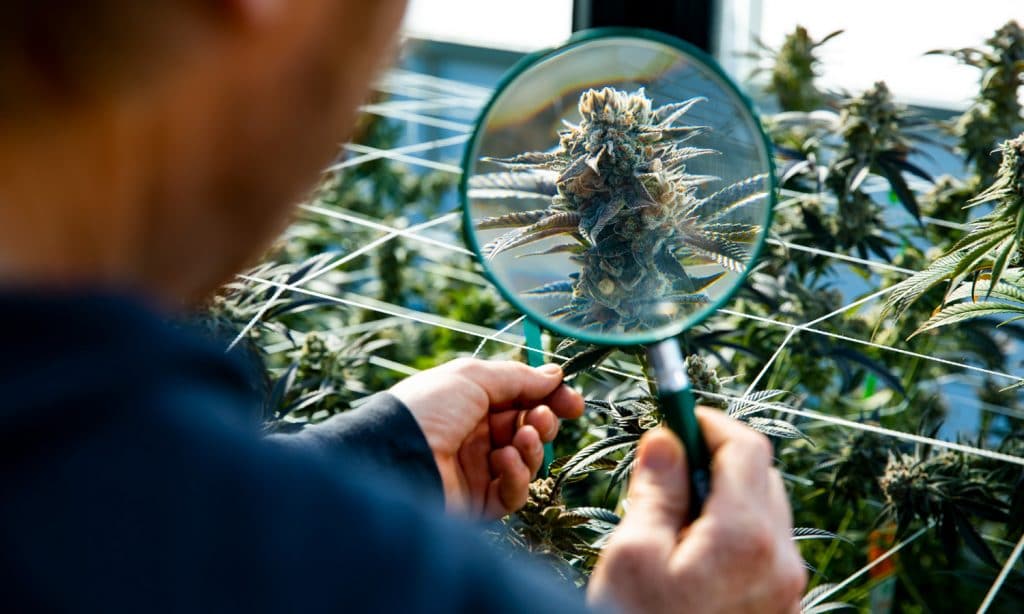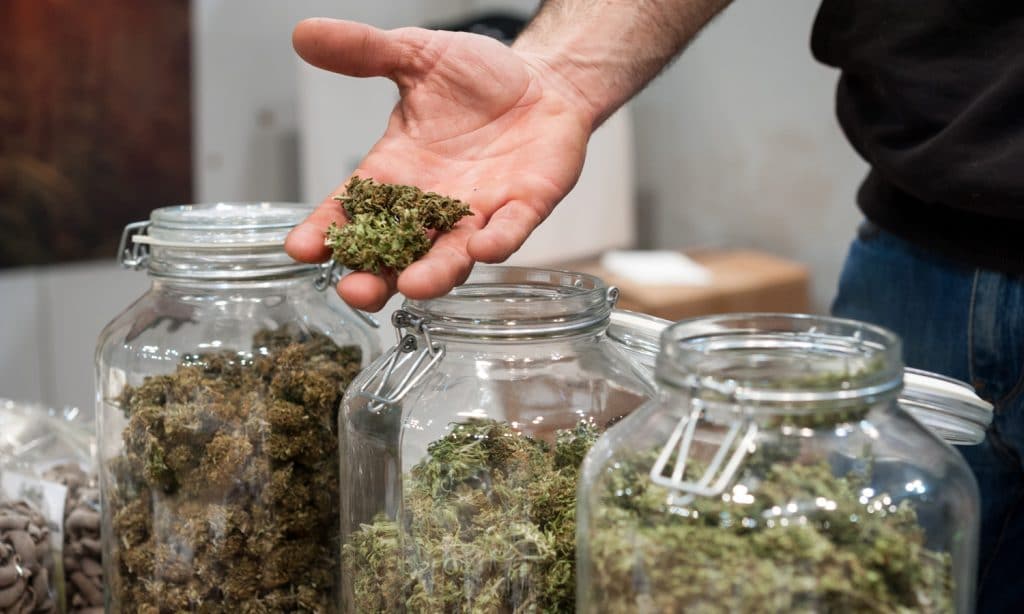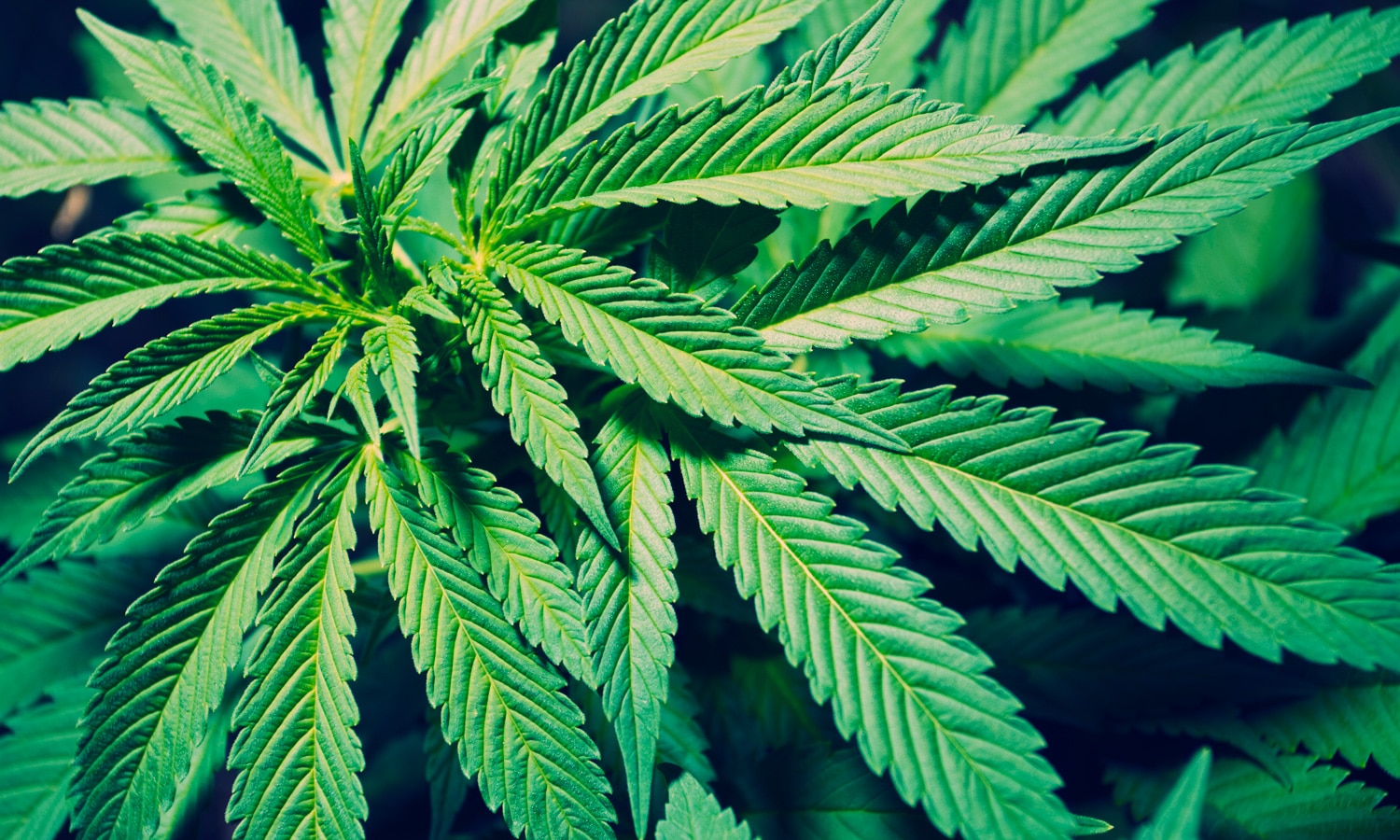There are plenty of cannabinoids with restorative properties that haven’t really been explored in the past. Here are 5 of the most promising ones for the new year.
With so much buzz surrounding CBD and THC, it’s not surprising that most people forget or don’t know that there are hundreds of other cannabinoids that are also a part of the cannabis plant. These minor compounds have been associated with plenty of benefits that set them apart from CBD and THC.
CBD has plenty of restorative properties that have lead to its inclusion in hundreds of products. But one of the main reasons why the cannabinoid has found so much success is because it’s the easiest and cheapest compound to extract and refine, thus, garnering the most attention and scientific-based interest.
Other cannabinoids with healing properties, such as CBG and CBN, are known as minor cannabinoids, and don’t have as much clout since their effects haven’t been all that explored. These tend to be known only by people who work in the cannabis industry, but they’re very promising in their own way, having shown promise in other aspects. Many of the benefits that these compounds produce are not shared by CBD or THC.
RELATED: Cannabis 101: Why Doesn’t CBD Get You Stoned?
Thanks to a growing understanding of the cannabis plant and to the development of new technologies, plenty of scientists and cannabis experts have begun to raise awareness of these new compounds and capabilities.
Here are some of the most promising cannabinoids for the upcoming year:
CBN (Cannabinol)
Cannabinol is known for two main traits: it has a powerful sedative effect and it’s also mildly psychoactive. This compound is a byproduct of THC and it’s found in small amounts in most cannabis strains. You can encounter it in edibles, topicals, sublinguals, vape cartridges and more. Interestingly enough, CBN was the first cannabinoid that was identified, and it was thought to be responsible for THC’s effect.
CBG (Cannabigerol)
Cannabigerol was one of the first compounds to be discovered, and is referred to as the “mother” or “stem cell” of all cannabinoids. “We know that CBG shows promise as an antibacterial agent and an anti-inflammatory,” John Huemoeller, CEO of AXIM Biotechnologies, tells Forbes. CBG has also been associated with improving moods, acting as a neuroprotectant, and possibly battling Huntington’s Disease and cancer cells.
RELATED: What You Need To Know About The Healing Benefits Of Marijuana’s CBG

THCV (Tetrahydrocannabivarin)
Similar to THC in structure, THCV produces some psychoactive effects but has also been associated with suppressing appetite, battling diabetes, reducing panic attacks and stimulating bone growth. It has also been linked with managing some of the symptoms of Alzheimer’s disease.
CBC (Cannabichromene)
CBC has plenty of wellness benefits. It’s known for fighting bacteria, migraines and stimulating brain growth. It has also been associated with analgesic effects, anti-depressant features, and producing anti-viral effects.
RELATED: 10 Glorious Cannabinoids In Marijuana And What They Can Do For You

CBDV (Cannabidivarin)
Like CBD, CBDV has also been associated with reducing seizures, having anti-inflammatory properties and managing nausea.


